Roughly every two years, the number of transistors in a computer chip doubles along with the capabilities of our computers, according to Moore's Law — a prediction that invigorated Pixar's founders and almost bankrupted it.
Roughly every two years, the number of transistors in a computer chip doubles along with the capabilities of our computers, according to Moore's Law — a prediction that invigorated Pixar's founders and almost bankrupted it.
A company that had the foresight to know digital animation would take over the film industry, Pixar had to wait for technology to play catch-up before it could become the huge institution it is today and change the face of filmmaking.
While its founders hedged their bets on the power of digital animation, dreaming of the day that a whole feature film could be made through a computer, it has a turbulent history that involves Star Wars creator George Lucas, Steve Jobs, and a wildly expensive computer.
With the Pixar x Highsnobiety collection releasing on November 3, a celebration of the company's history as a pioneer of CGI and animation, we've dived into the lesser-known history of the company. Along with exclusive archival imagery shared by Pixar, we look at how the animation studio behind iconic films such as Disney and Pixar's Toy Story (1995), Finding Nemo (2003), and Ratatouille (2007) was built.
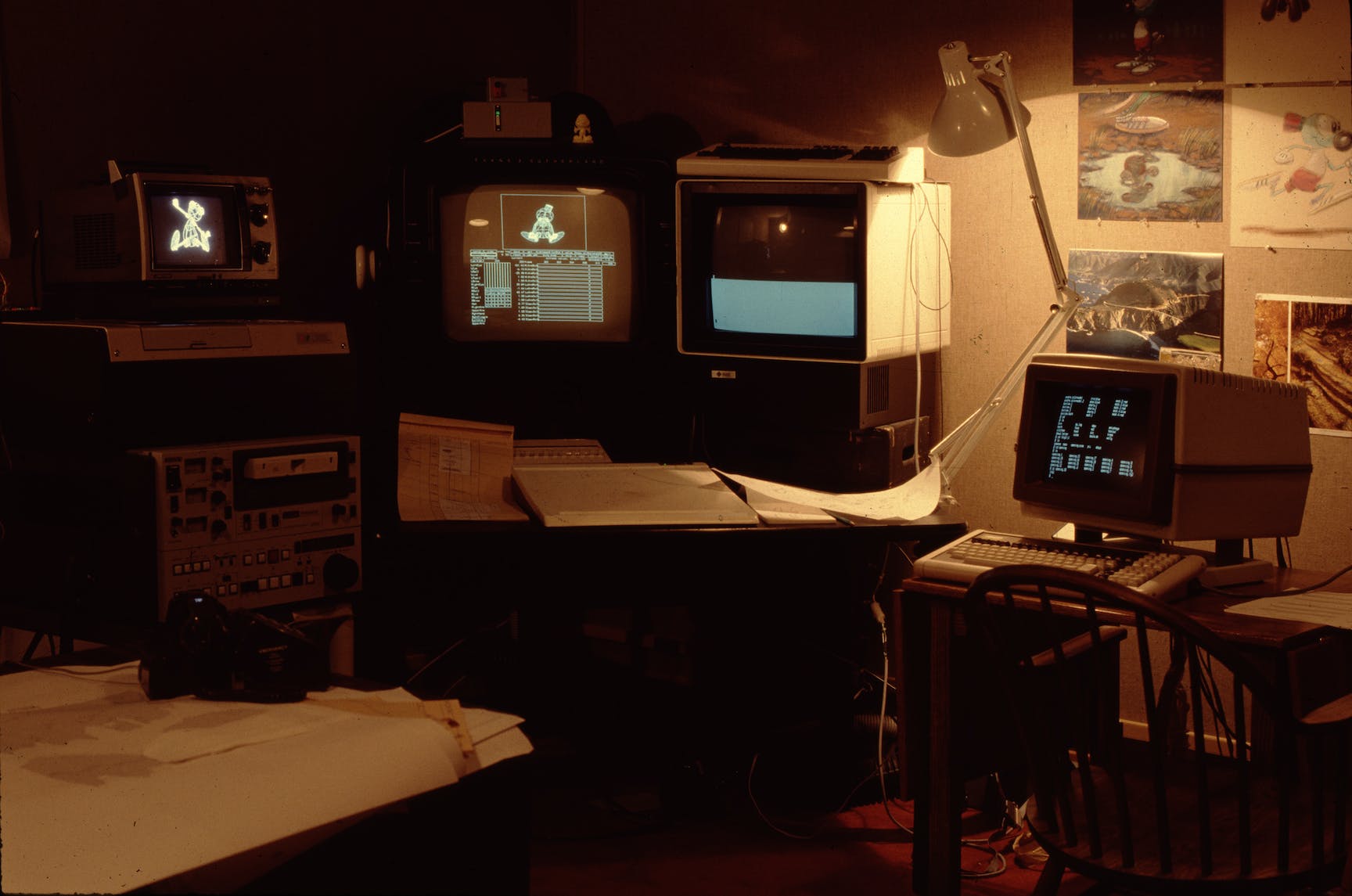
The Graphics Group of George Lucas' Lucasfilm company, where the Star Wars creator brought together a number of the leading researchers in computer graphics, was the first incarnation of Pixar.
"He created his own island, a community that embraced film and computers but pledged an alliance to neither of the prevailing cultures that defined those businesses," writes Pixar co-founder Edwin Catmull in his book Creativity, Inc. (2014) about Lucasfilm and its 4,700-acre Skywalker Ranch complex.
The Graphics Group was responsible for working on special effects in the Catmull-led Computer Division of Lucasfilm, which was tasked with finding new ways that computers can aid in the filmmaking process. It was here where, after around four years of development, the computer that Pixar would be named after was invented.
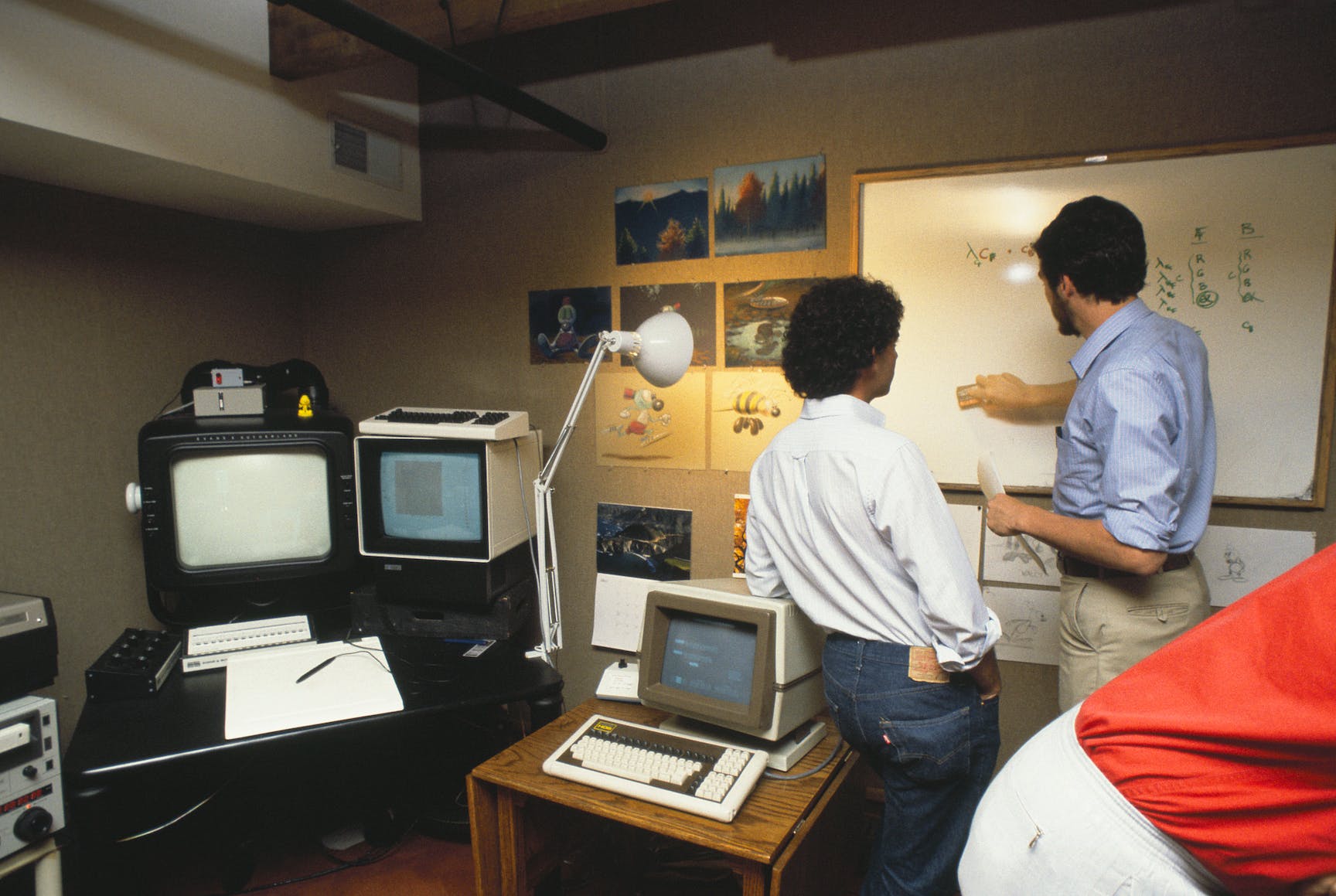
The Pixar Image Computer was a creation ahead of its time, making computer graphics and image processing possible on the same device for the first time with what was, in those days, supercomputer speeds.
However, for all its cutting-edge innovation, there was still a long way to go before a fully computer-animated film was possible. The team at the Graphics Group needed more time (and Moore's Law to do its work) before that could be the case. But finding time was about to become difficult, as George Lucas was running out of money to fund his company's Graphics Group.
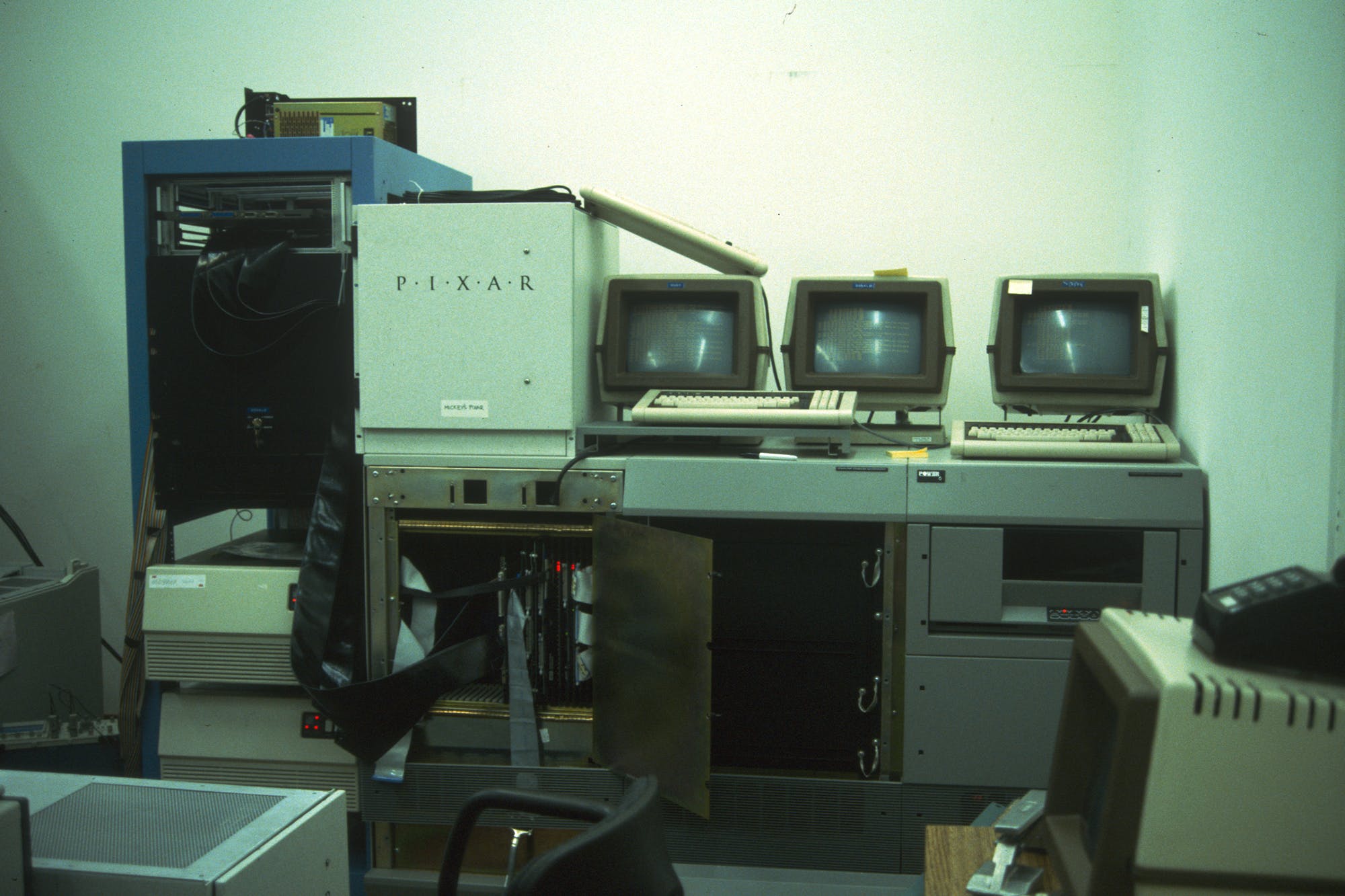
No longer able to fund them due to a costly divorce, George Lucas was looking to sell the Computer Division and the team behind the Pixar Image Computer decided to form a spin-off company.
Together, Alvy Ray Smith and Edwin Catmull got the 38 other members of the Graphics Group (each of which would own a percentage of the company) to join them as they started looking for investors. Planning to build and sell Pixar Image Computers, they were rejected by 35 venture capitalists and had serious discussions with 10 large corporations, all of which broke down.
Eventually, they turned to Steve Jobs who had recently just left his company, Apple. Lucasfilm had rejected the young entrepreneur's offer three months earlier but he had become their only hope. They shook hands on a lower offer than the one they had previously discussed ($10 million for 59% of the company) in 1986 and Pixar as a company was born.
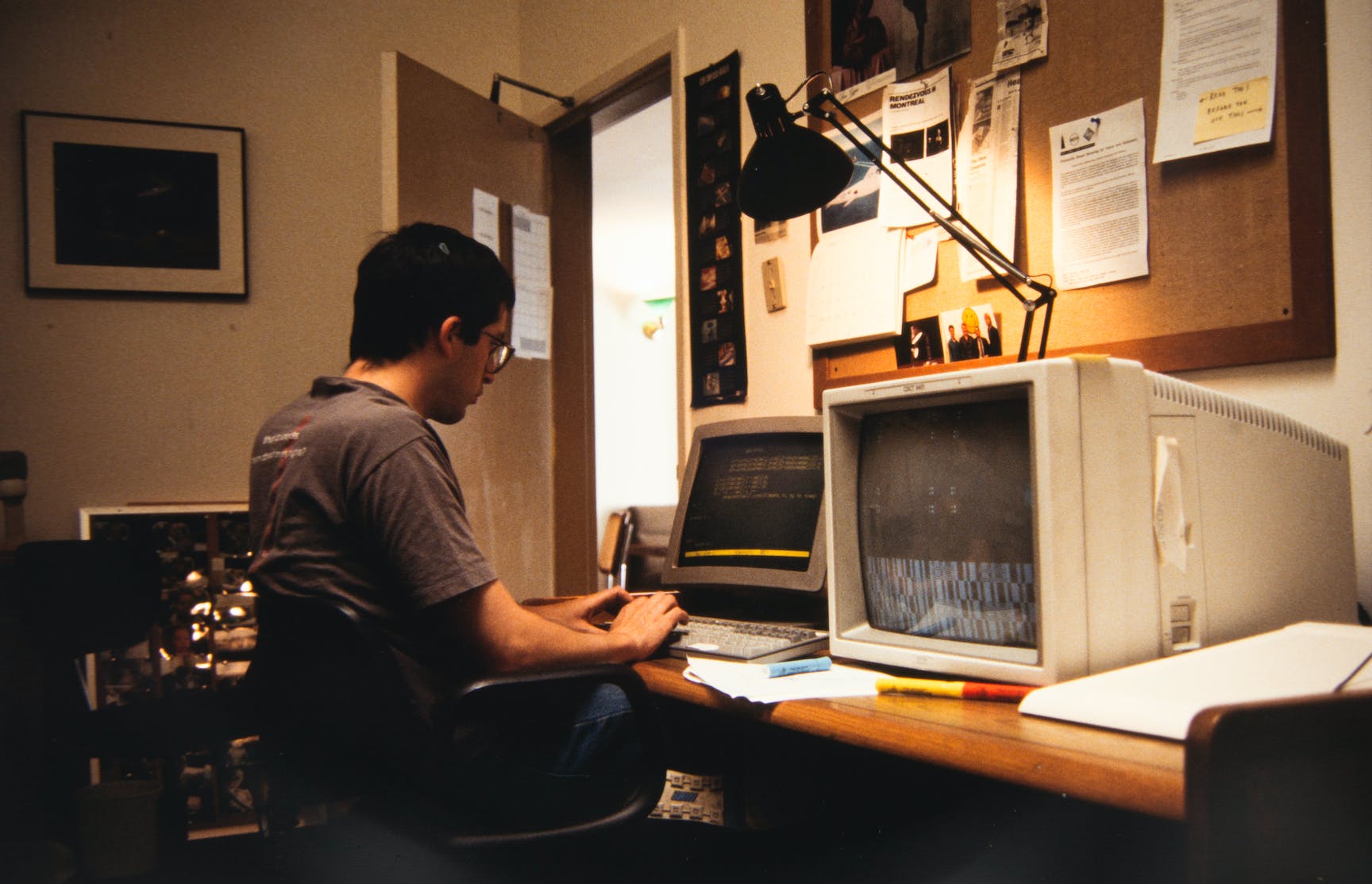
However, this is far from being Pixar as we know it. This was mostly a hardware company and it wasn't even working majoritively in film. When the deal was covered in the LA Times on February 8, 1986, it reported that: "Filmmaking is seen as a minute market for the specialized computer and software. The Pixar Image Computer, which performs complex graphics operations, has applications in medicine, printing, geophysics and other areas."
The computer, which initially retailed for a staggering $135,000, was particularly useful in medicine. The company invented software that could manipulate CAT scan data and do volumetric rendering for medical imaging — a big advancement for the medical industry. "Nobody had ever seen anything like this. Now it's fairly commonplace, but most people don't know Pixar invented that," writes Steve Jobs of the technology inTo Infinity and Beyond!: The Story of Pixar Animation Studios (2007).
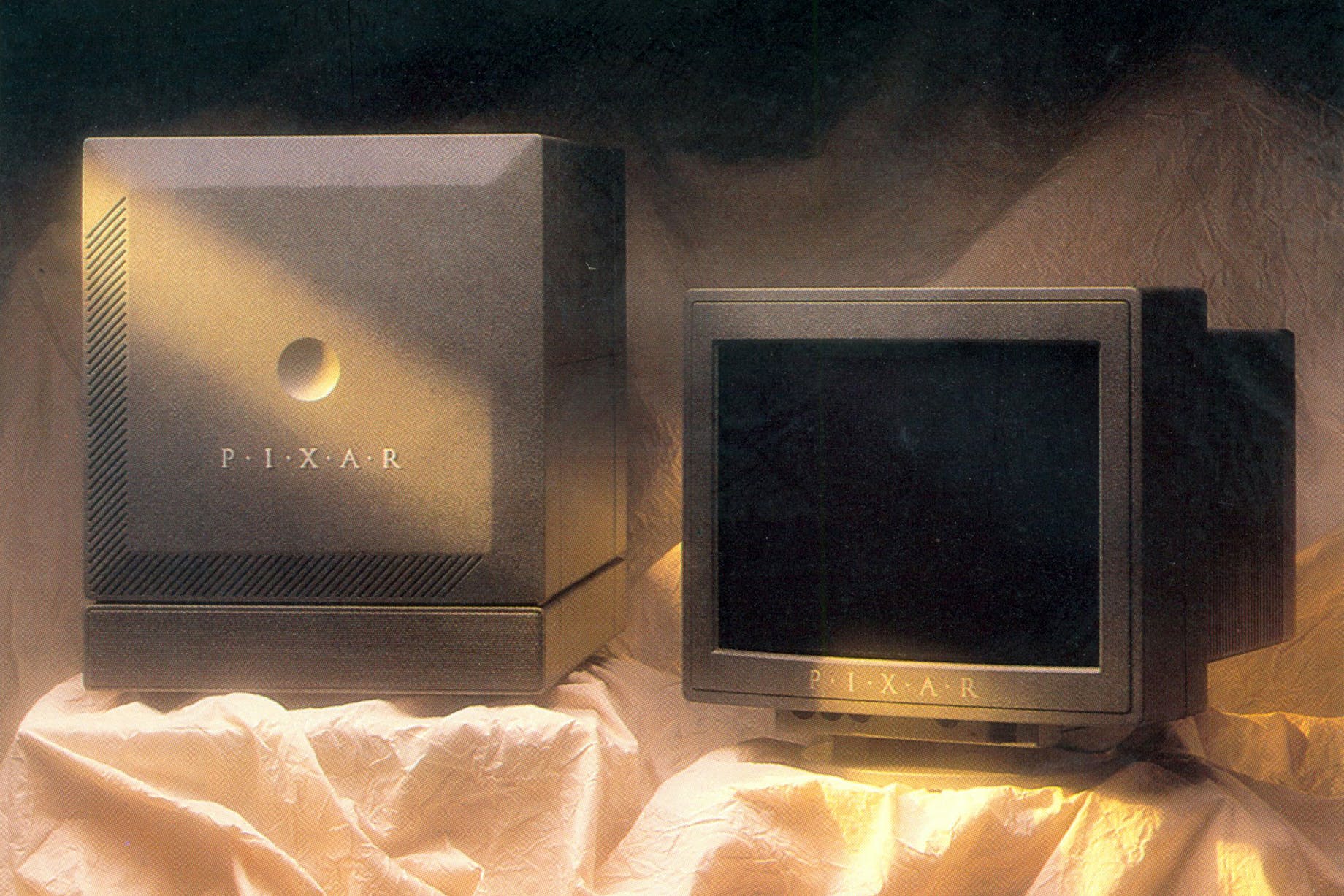
While it was selling its hyper-powerful computer to all kinds of different industries, the team at Pixar was still dedicated to creating its own films.
Back when it was part of Lucasfilm, the team had some success with getting computer-generated movie sequences into major films. There was a minute-long "Genesis" sequence in Star Trek II: The Wrath of Khan (1982), the first completely computer-generated sequence in a feature film, followed by a sequence in Return of the Jedi (1983). "While a couple of minutes is a long way from a couple of hours, we knew we had Moore's Law on our side," Alvy Ray Smith later wrote, and with the belief that things would pick up, the team continued to have the end goal of creating a fully animated film.
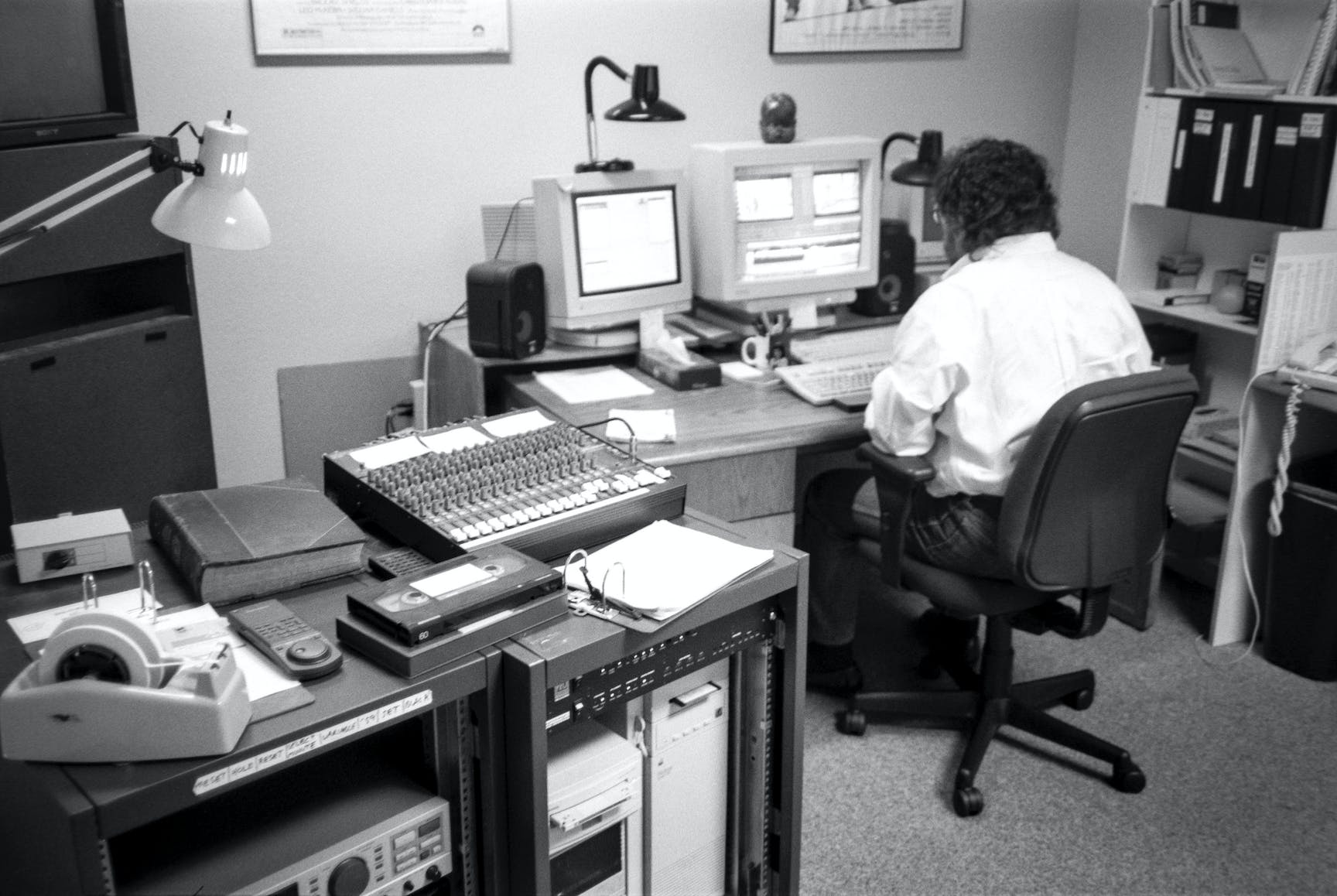
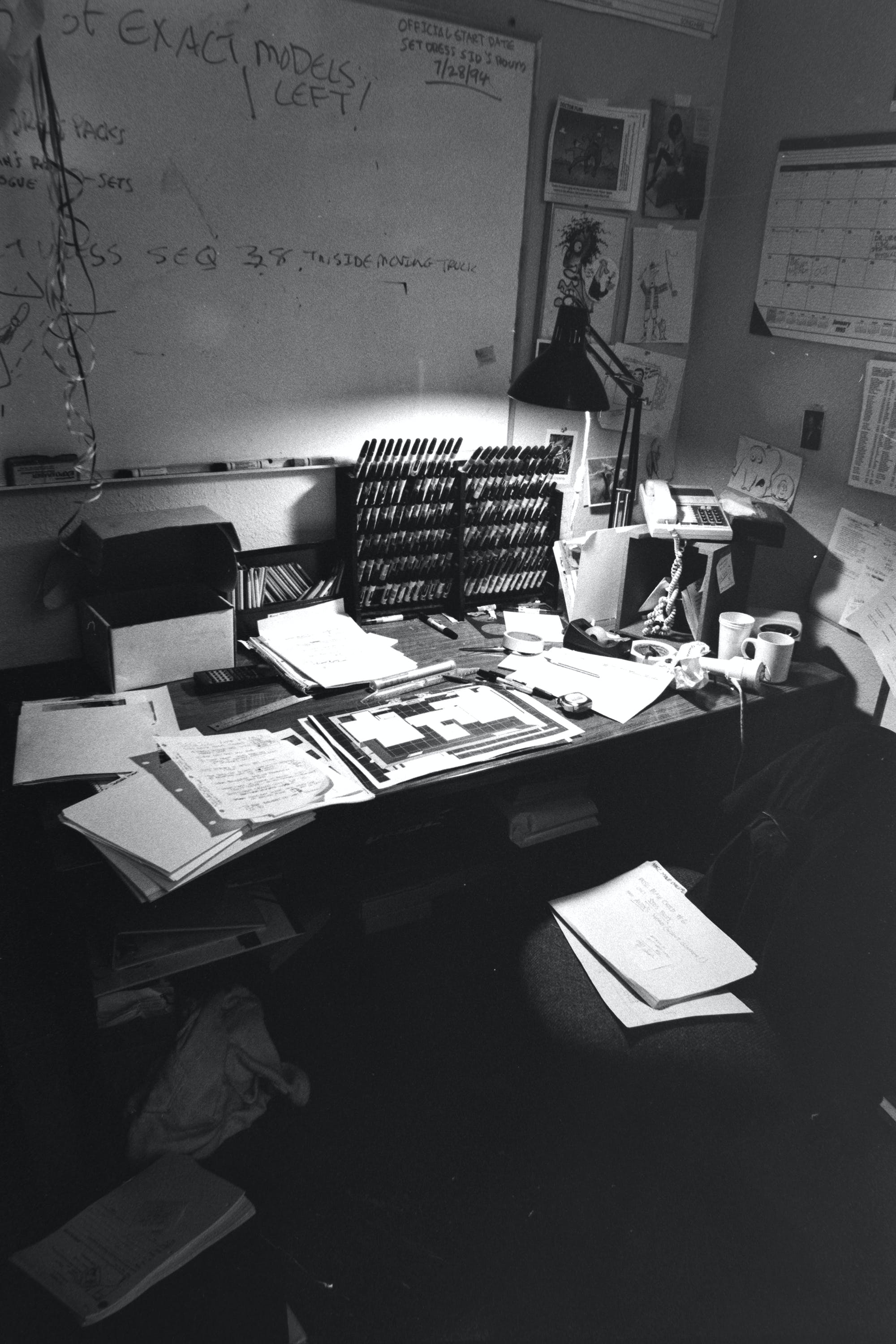
Luxo Jr. was also followed up by more short films such as the academy-award-winning Tin Toy (1988), Red's Dream (1987), and Knick Knack (1989). And, thanks to its award-winning technology, Pixar had a hand in creating scenes for Disney films such as Beauty and the Beast (1991) and Aladdin (1992).
But, despite all the accolades it received and the films it helped produce, the company had some big money problems.
"Pixar, at that point, was still a hardware company. And Pixar was a lousy hardware company," wrote Alvy Ray Smith. "We failed several times over our first five years. That's failure measured the usual way: We ran out of money and couldn't pay our bills or our employees." Steve Jobs eventually poured an estimated $50 million into the company, and reportedly tried to sell up three times between 1987 and 1991 but "he could never quite bring himself to part with us," according to Edwin Catmull.
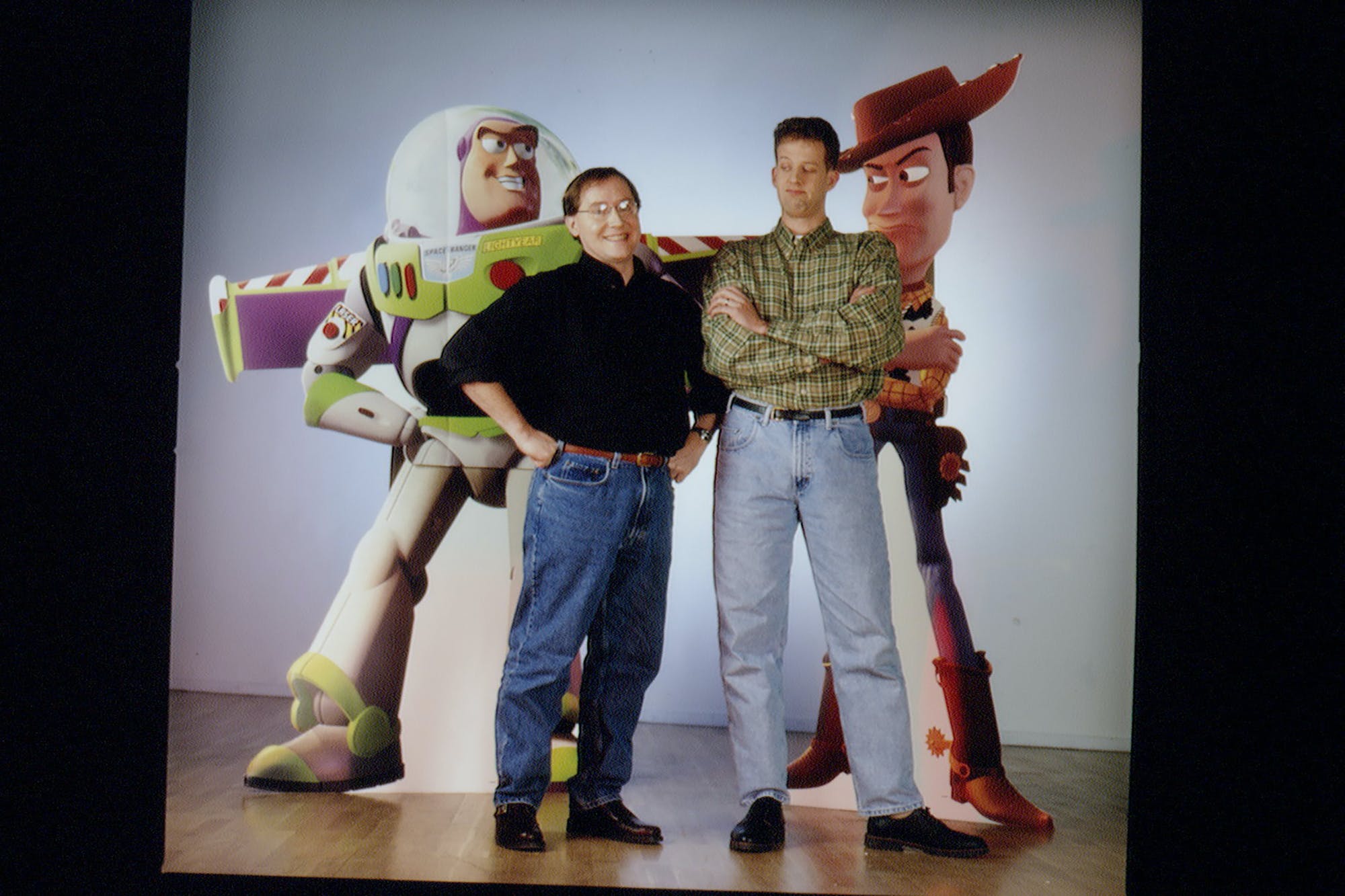
Then in 1991, it all paid off. The time had come when every part of a full-length feature film could be animated on a computer, the dream for those who had worked at Lucasfilm all those years ago was possible. Moore's Law had come to the rescue and Pixar had the resources for a fully animated movie. And Disney had agreed to make and distribute it.
Toy Story (1995) is not only the first full-length film that Pixar ever created but it's also the first full-length feature film to be made through computer animation alone. It solidified Pixar as a full-blown movie studio with a record-breaking film that brought huge profits. To date, the Toy Story franchise alone has grossed more than $3.3 billion and Pixar has won 18 Academy Awards, 10 Golden Globe Awards, and 11 Grammy Awards — not bad for a lousy hardware company.

© TopicFashion Privacy Policy Contact us